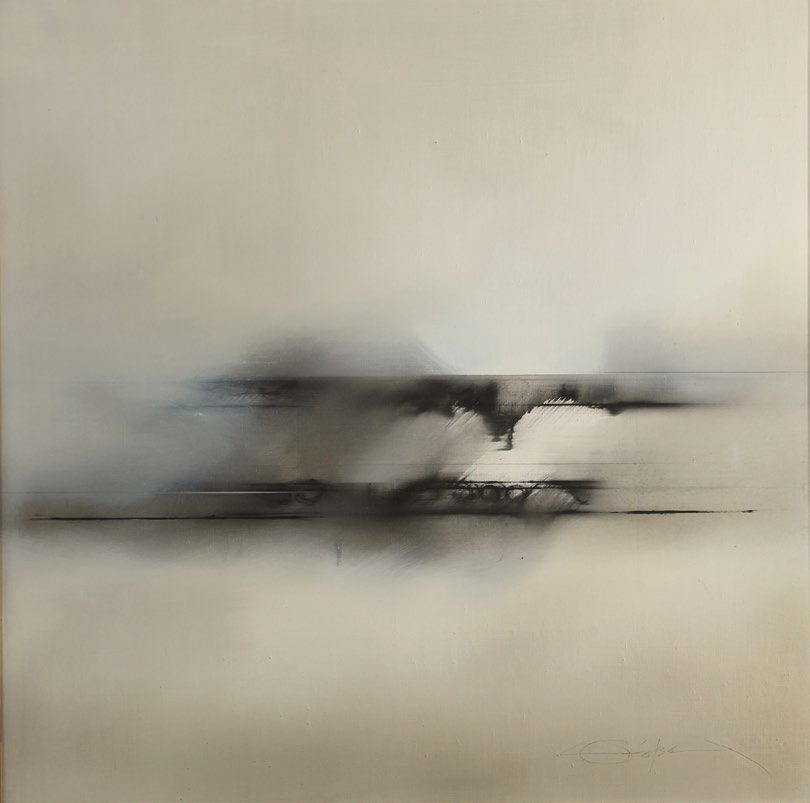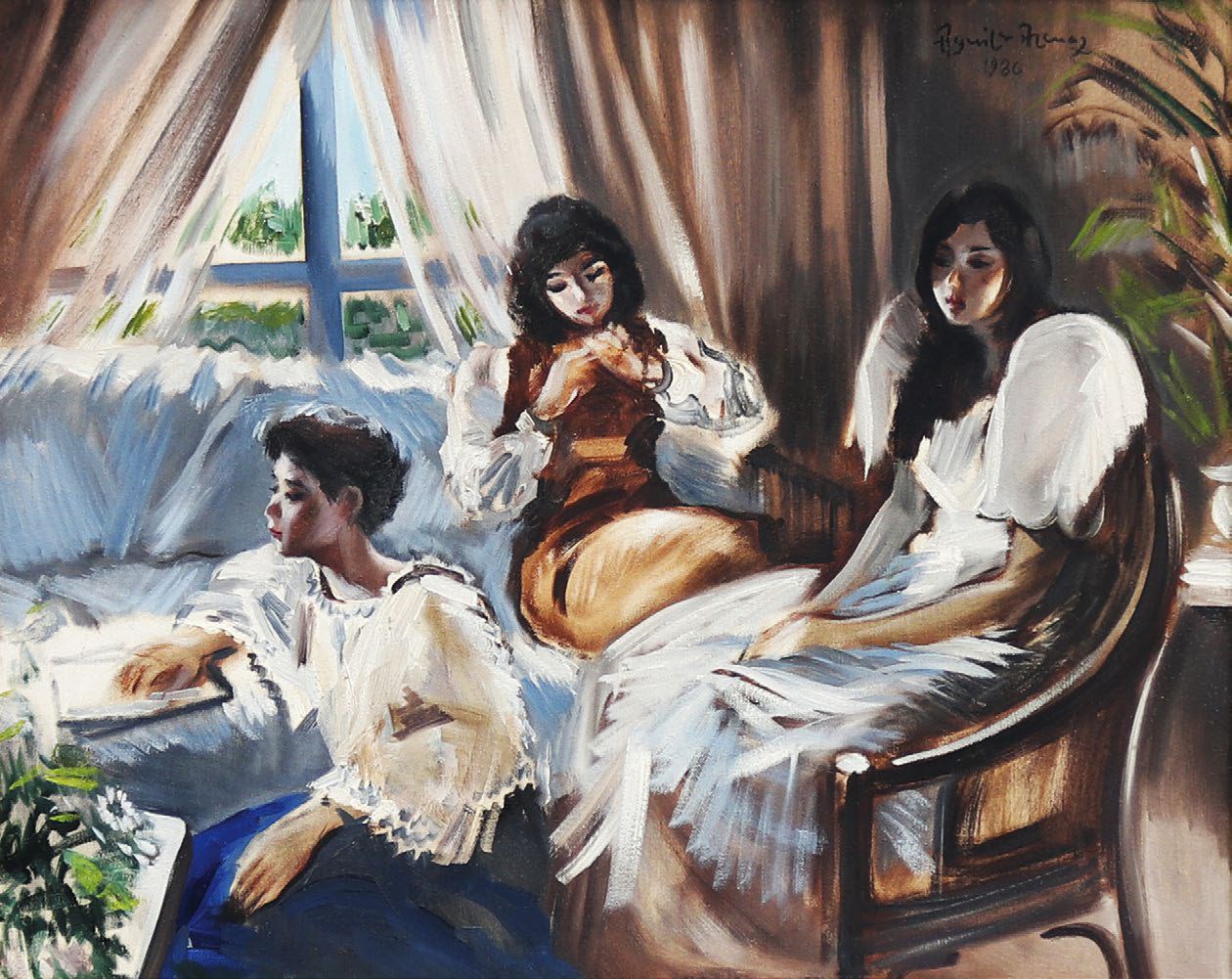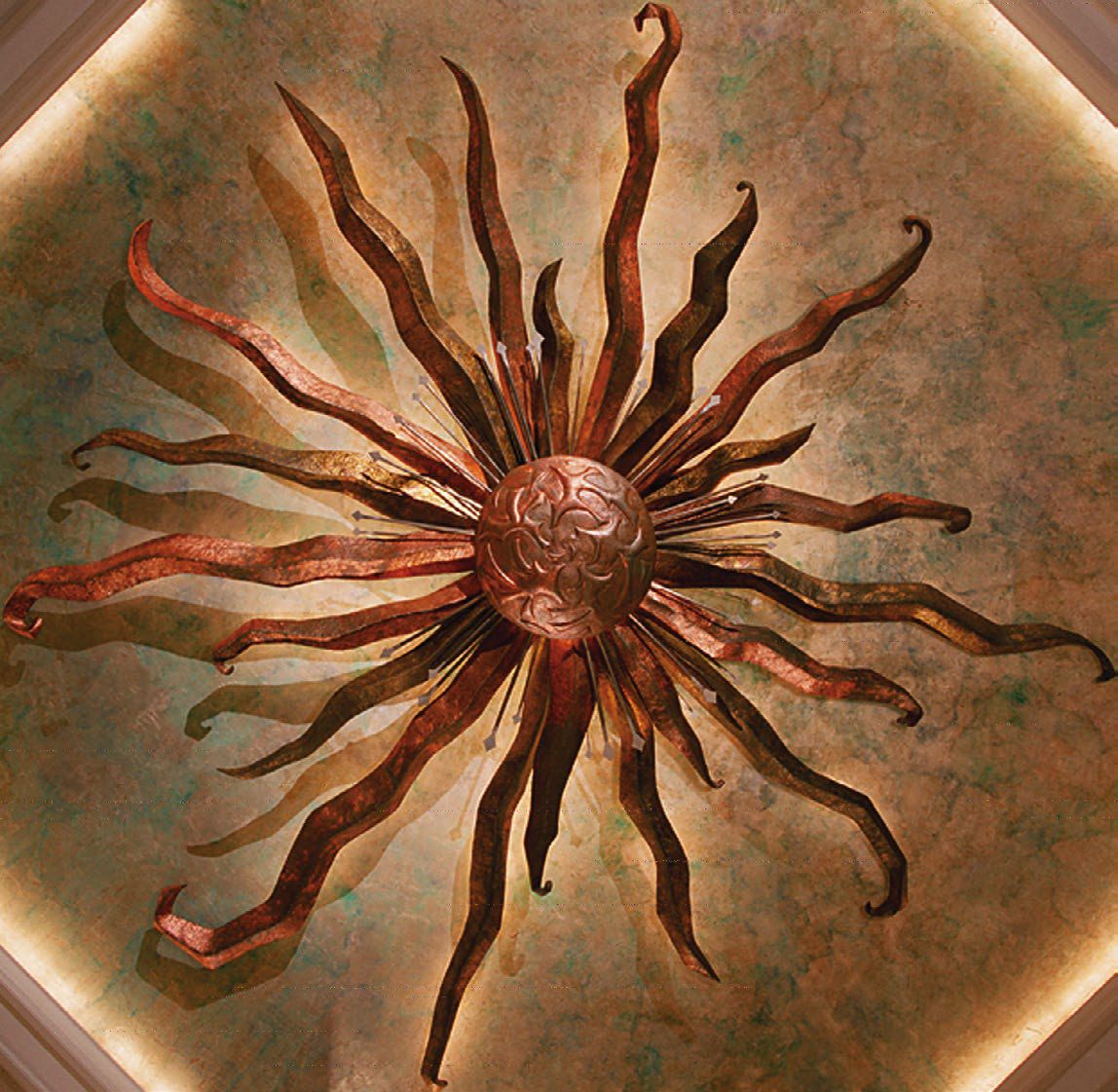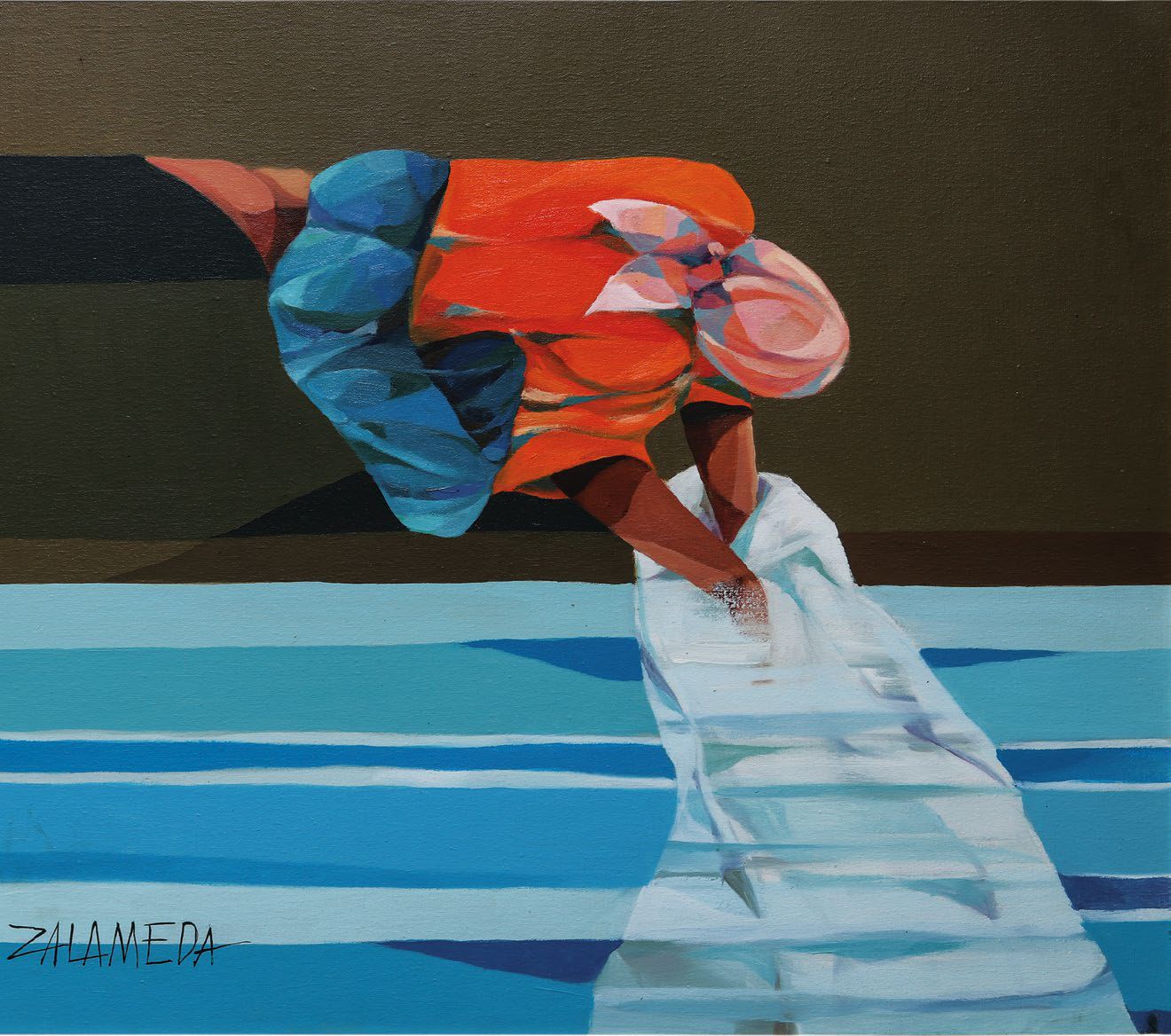
ANITA MAGSAYSAY-HO (1914-2012)
There is beauty in the rural life and this rings true in Anita Magsaysay-Ho’s paintings. She had always captured Filipino culture in her art by painting women frozen in different stages of work, like in At the Seashore, using egg tempera. Magsaysay-Ho had left a mark in the history of Philippine art as the only woman to be included in the Filipino artist group Thirteen Moderns.








